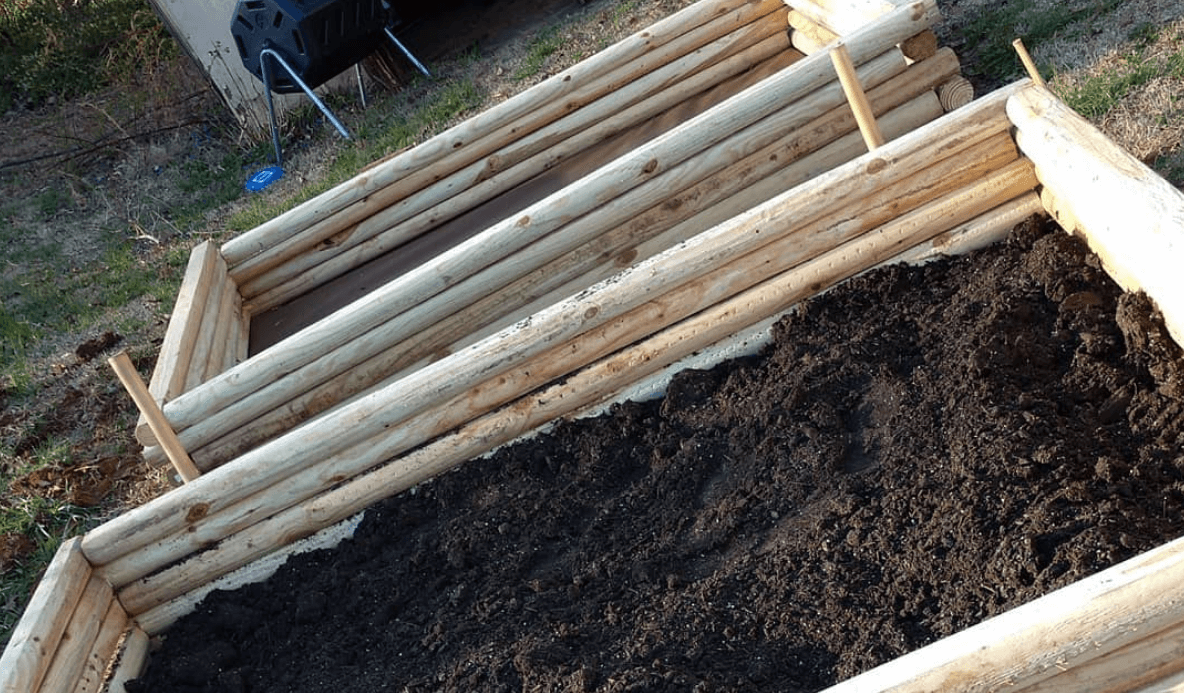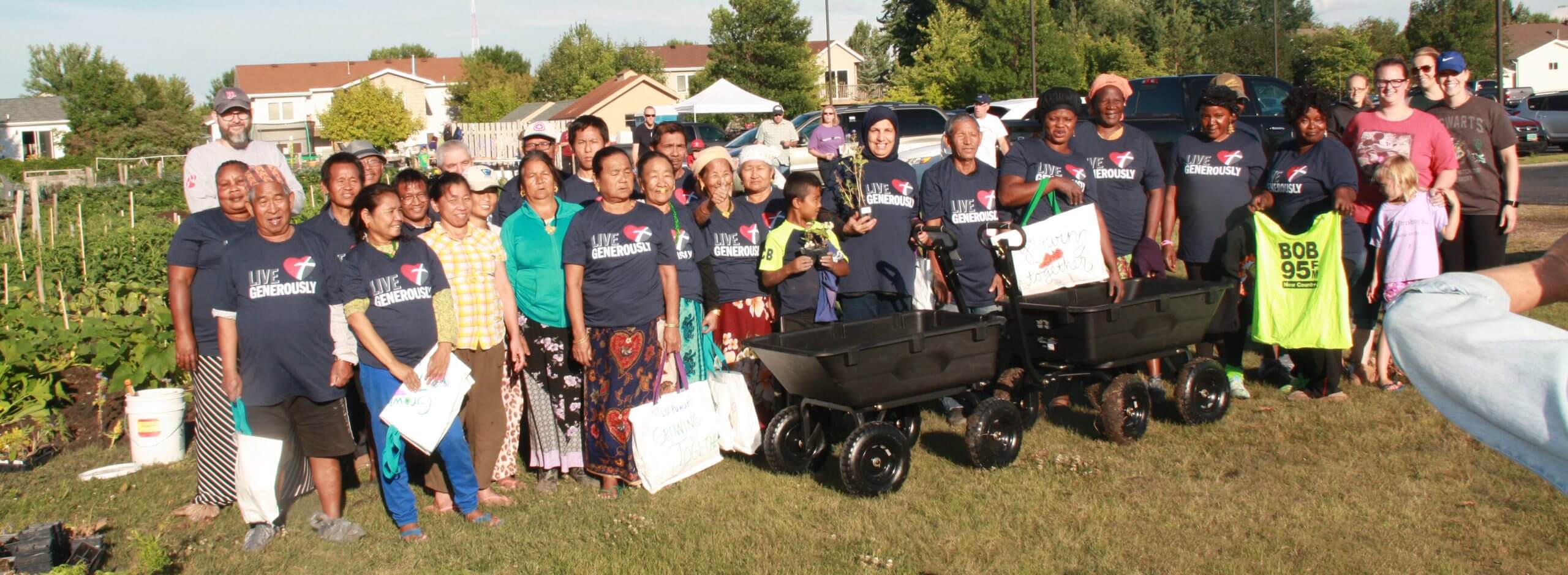
John Lacko started out his illustration and design career in the corporate world doing commercial artwork. He quickly realized that being trapped in a cubicle all day was not the life for him. Lacko built his own client base, which eventually became strong enough for him to start his own practice from his home studio on Miami Beach. “I’ve done a lot of fun projects for companies all over the world including Hasbro Toys, Crayola, Vans, DC Shoes, and a bunch of surf, skate, and urban clothing brands,” he says, adding, “The most inspiring part of my job is being able to do something I love from the comfort of my home alongside my wife and our six turtles and tortoises.”
A home studio on Miami Beach is pretty nice, but it doesn’t come without its difficulties. Located below sea level, directly on the coast, makes Lacko’s neighborhood a prime target for hurricanes. “Living in Florida, storms are a way of life,” he says. Even though he and his wife love their neighborhood, they have discussed moving away from the coast. Flooding is a constant threat to their home and property. Lacko explains, “The City of Miami Beach is poised to spend millions of dollars to retrofit area streets and sewers with pump stations to mitigate flooding.”
“We’re always a mandatory evacuation zone when a major storm is forecast to make a direct hit,” Lacko says. The number of evacuees is increased by the fact that Miami Beach is a big tourist destination. All the hotels close down and ask their guests to leave the state or seek shelter inland. Residents are strongly encouraged to leave the city, but many who’ve lived there for a long time stay put and ride storms out. Lacko says that some will even host hurricane parties.
In late August of 2017, before Hurricane Irma hit, many of Lacko and his wife’s friends were emailing them with hourly updates about the impending storm. “Many of the forecast models pointed straight to our front door,” said Lacko. The news reports predicted that their house would be eight feet under water during Irma’s surge.
Lacko, his wife, and their turtles were set on staying home until the local news broadcast that the city would go under and anyone who stayed would most likely drown inside their homes. “There is a certain breaking point where you realize that staying in your house means someone else is going to have to risk their life,” he explains. While Irma was on its way, Floridians were watching the effects of Hurricane Harvey in Houston on television and social media, causing them to take the calls for evacuation seriously. Lacko said, “Most people around our neighborhood left the city and many left the state. Our next door neighbors drove to Atlanta and others took a road trip to Nashville.”
In preparation, Lacko and his wife packed up everything in their home into boxes and moved it to the second story of their house. They also erected two iron painter’s scaffolds in their living room. “At that point, we pulled a bunch of stuff onto the top of the scaffold. If the storm surge swamped the house, we figured everything above 8 feet would be safe,” says Lacko.
On the night of the storm moving in close to the shore, they packed their car, put the tortoises in buckets and drove to their friend’s house in South Miami. “There are never enough pet-friendly evacuation shelters,” explains Lacko. Pet owners have to either stay home with their pets or bring them along as they evacuate if it’s feasible.
The next few nights were spent sleeping on their friend’s floor while the tortoises hung out in the house’s shower stall. “There were five of us shuttered inside the house in the dark for about 34 days because most of the streets were blocked by trees and broken power lines,” reports Lacko.
He adds, “Everyone in harm’s way watches the news, listens to the radio or tracks the storm online.” He explains that if you live within the forecast track of the storm, the most important source of information is weather satellites that track the shifting wind. News reporters talking about the weather serves to inform the greater nation more than help those on the ground.
Their decision to seek shelter in South Miami proved prudent. During the storm Lacko says that “A tornado moved across our backyard and pulled a huge tree out of the ground, dropping it onto our roof. The heaviest part of the truck crashed into the house directly above our bed so I can only imagine what it would have been like to be asleep in the house when that happened.” If you drive around Miami Beach you can still see the areas affected by the strong winds. Power poles that were damaged by the tornado are still being replaced.
“Technically, we’re still in the cleanup process,” says Lacko, whose house is surrounded by trees and tropical foliage. The wind pulled multiple trees out of the ground and covered the yard in branches. He and his wife were able to get back to their house a few days after the storm when the local government lifted the curfew. “We used our Gorilla Cart® Cart to move all the broken branches and leaves to the edge of the road,” he says.

The city brought in backhoes to remove fallen trees, power poles, and other debris. Municipal workers spent months clearing off area streets, cutting fallen trees with chainsaws. Recovery teams from all over the country arrived on the scene to restore power and repair electric lines.
Through it, all, Lacko, his wife, and their tortoises made it through another storm safely. They’re determined to continue the work of restoring the neighborhood they love, a strong set of Gorilla Cart® Cart wheels helping them keep things moving.



